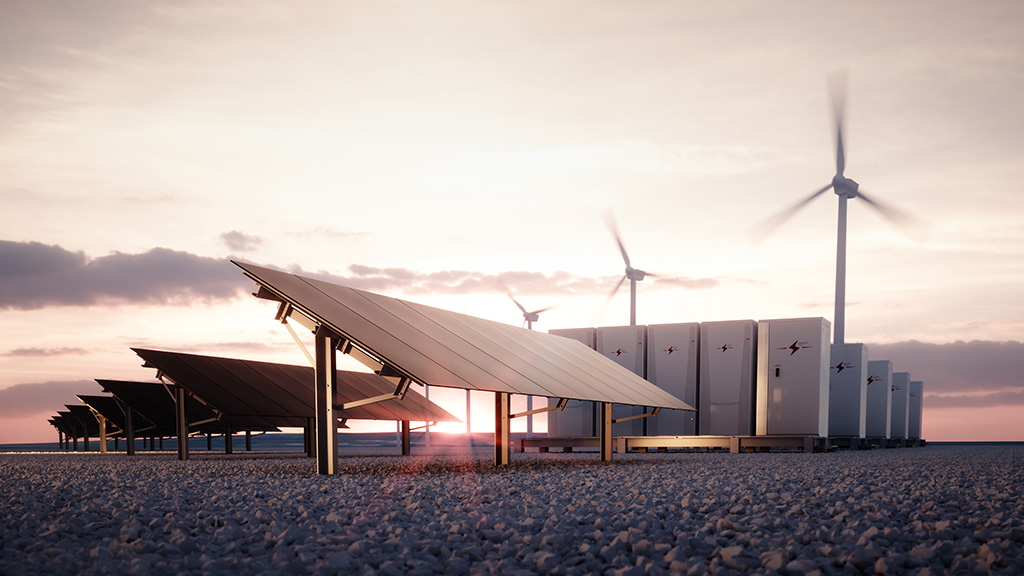Renewable energy generation is taking over the world, reaching 510 gigawatts globally in 2023 after growing by 50 per cent that year.
Though global electricity demand is forecast to rise by 3.4 per cent in the next two years, according to BNN Bloomberg, the expansion of renewables generation such as solar, hydro, wind and nuclear will offset this. The increase in electricity demand results from economic growth, with Artificial Intelligence (AI) and other modern technologies among the other key drivers.
Currently, over 8,000 data centres exist globally, with more than 10 per cent of them in China, roughly 33 per cent in the United States and 16 per cent in Europe. These data centres are forecast to use more than 1,000 terawatt-hours (TWh) in 2026, up from approximately 460 TWhs in 2022. This new high level of demand will come close to matching Japan’s current total electricity consumption.
The processing power necessary to operate new AI technologies is increasing twofold every six months. Upcoming advances in AI are expected to require an even greater energy supply. Due to technological progress, much higher quantities of dependable energy are needed. As renewable generation is mostly intermittent, it must integrate with other technologies, like pump storage hydro, batteries and peaking gas generation, to satisfy reliability requirements.
At the same time, large tech companies are becoming more alert to the need for sustainability of their energy sources. Power purchase agreements for off-site renewable energy are becoming more common as major technology companies like Microsoft commit to operating carbon free. Also, big tech is heavily investing in such onsite energy sources as solar panels.
The energy-storing function of batteries is paramount to providing a stable power source for AI. Batteries are a highly sustainable form of storing energy for community, business and household applications utilizing solar and wind power. They improve energy security by lowering reliance on fossil fuels and by decentralizing energy systems.
Grid-scale batteries decrease demand for “peak plants” (i.e., backup generators that use energy from fossil fuels to satisfy peak demand and prevent power disruptions). Through 2050, renewable energy capacity, with the help of battery storage, will be expanded quicker than other energy sources.
Currently, the predominant technology used in industrial batteries is lithium-ion, as seen in Elon Musk’s MegaPack. However, new types of energy storage are being created, namely solid-state and lithium-sulfur. Solid-state batteries contain a solid rather than a liquid or gel electrolyte. These batteries can store more energy as compared to lithium-ion batteries. Lithium-sulfur technology uses sulfur, which is more abundant and less costly than nickel or cobalt.
Other upcoming power-storage technologies include sodium-ion, iron-air and zinc-based. Sodium-ion batteries utilize saltwater as their electrolyte. Although they are too inefficient to be used in electric vehicles, they function better at colder temperatures than lithium-ion batteries and are easier to recycle.
In iron-air batteries, reverse oxidation converts the cells to iron during charging. Iron-air batteries can store energy for up to 25 times longer than lithium-ion batteries. Their main purpose is for energy storage in factories. Zinc-based batteries contain non-toxic materials, have a low self-discharge rate and can be used to store solar energy.
Like batteries, gas plays an important role alongside renewable energy to create a more stable power supply, by acting as an efficient backup. However, better gas-renewables integration will require changes in market regulations and significant additional infrastructure expenditures.
Regarding the AI boom, Toby Rice, the CEO of EQT, a premier gas producer in the U.S., stated, “It will not be done without gas.”
In a recent strategy plan, Dominion Energy, a supplier to Virginia’s rapidly growing data centre industry, asserted gas units will remain the “most affordable and reliable” alternative until zero-carbon energy can provide continuous power.
Future gas demand is predicted to be lower and more volatile. However, it will be characterized by substantially greater demand during peaks when intermittent renewable energy sources have low output levels.
According to S&P’s head of energy, Xizhou Zhou, “Most of the new demand growth will be met by carbon-free generation resources.”
By 2030, the company predicts the overall generation of green energy will increase while that of gas-fired power will decline.
With advances in battery storage, the renewable energy sector is better equipped to meet the growing need for a reliable power supply for AI and other modern technologies.
In the near future, gas remains essential as a dependable backup for renewable energy generation, especially during periods of peak demand. As the world moves closer to a carbon-free model, new infrastructure and market regulation will become ever more important.
Dmytro Konovalov has over 10 years of experience in equity research and analysis for global markets at leading international financial institutions.






Recent Comments
comments for this post are closed